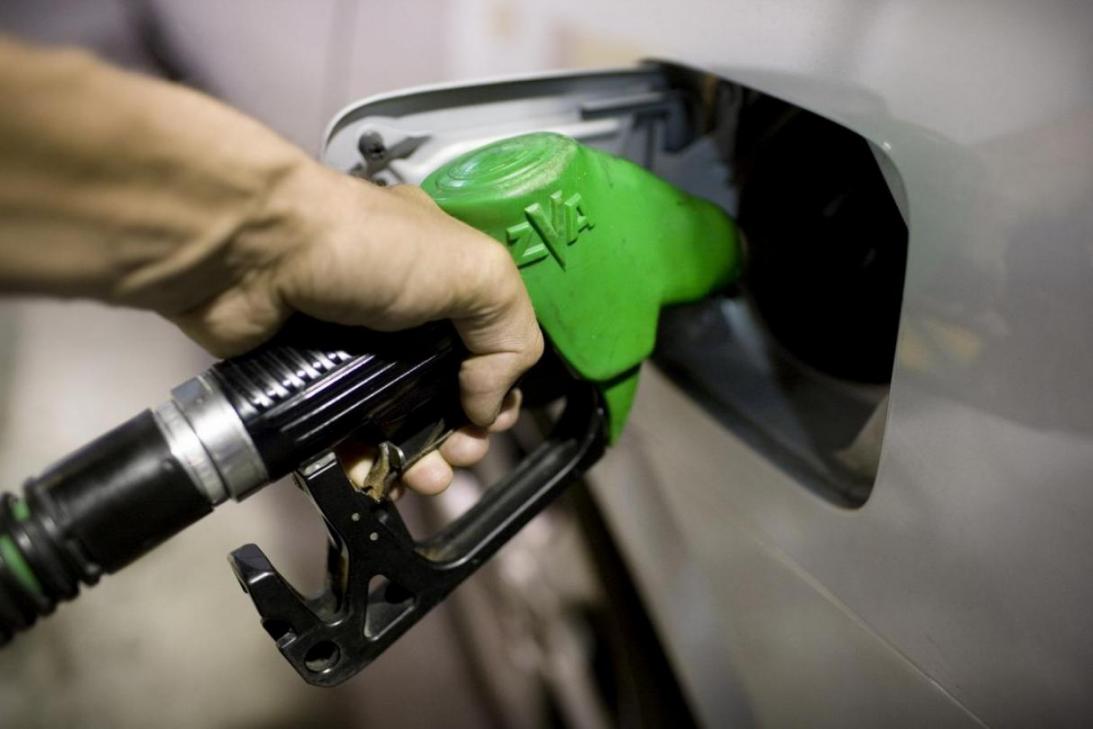The government will no longer allocate subsidized gasoline to passenger vehicles at a price of 70,000 rials, and regular gasoline will be offered at a single price of 10,000 rials (around 30 cents) for car owners nationwide without quota, while unleaded gasoline will cost 12,000 rials per liter, deputy oil minister said in a statement, IRNA reported Monday.
Abbas Kazemi said the remainder of subsidized gasoline in smart fuel cards, estimated at 2.5 billion liters, can be used by September 22. The government previously offered 60 liters of subsidized gasoline monthly to private cars and motorbikes with 1,800cc-capacity engines or below via smart fuel cards at 7,000 rials per liter. But the delay in recharging fuel cards for the May 22-June 21 period (the Iranian month of Khordad) had triggered speculations which ultimately came true that the government was planning to remove subsidies and sell gasoline at a single price.
Head of engineering affairs at the National Iranian Oil Refining and Distribution Company (NIORDC) said the unification of gasoline prices can help improve economic growth and fight fuel smuggling.
Saeed Naghedi said domestically-produced gasoline is 25 percent cheaper than the Persian Gulf free-on-board (FOB) prices of imported gasoline, but the new rate "partially makes up for the discrepancy between subsidized and real gasoline prices."
According to the NIORDC, other major petroleum products, including diesel, mazut, and kerosene will be sold at 3,000 rials, 3,000 rials and 1,500 rials per liter respectively, liquefied natural gas will be offered at 2,300 rials per kilogram, and every liter of jet fuel for passenger aircraft will cost 6,000 rials, based on the new pricing scheme.
Naghedi said unifying gasoline prices is part of measures to curb consumption. He added that motorists will continue to buy gasoline via smart fuel cards due to their advantages, such as keeping track of fuel consumption which can help in setting national policies. In 2007, the government started issuing electronic fuel cards across the country. In December 2010, as part of the first phase of the national subsidy reform plan, the government offered car owners monthly gasoline quotas. The subsidized price of rationed gasoline had increased since then, but still remained well below international prices.
Vehicle owners had been allowed to purchase extra fuel at higher prices. But even those prices were lower than international prices. Under a five-year plan started in December 2010, and promoted as an “economic revolution” by former president Mahmoud Ahmadinejad, Iran began slashing three-decades-old subsidies on sensitive energy and food items, replacing them with controversial cash payments.


